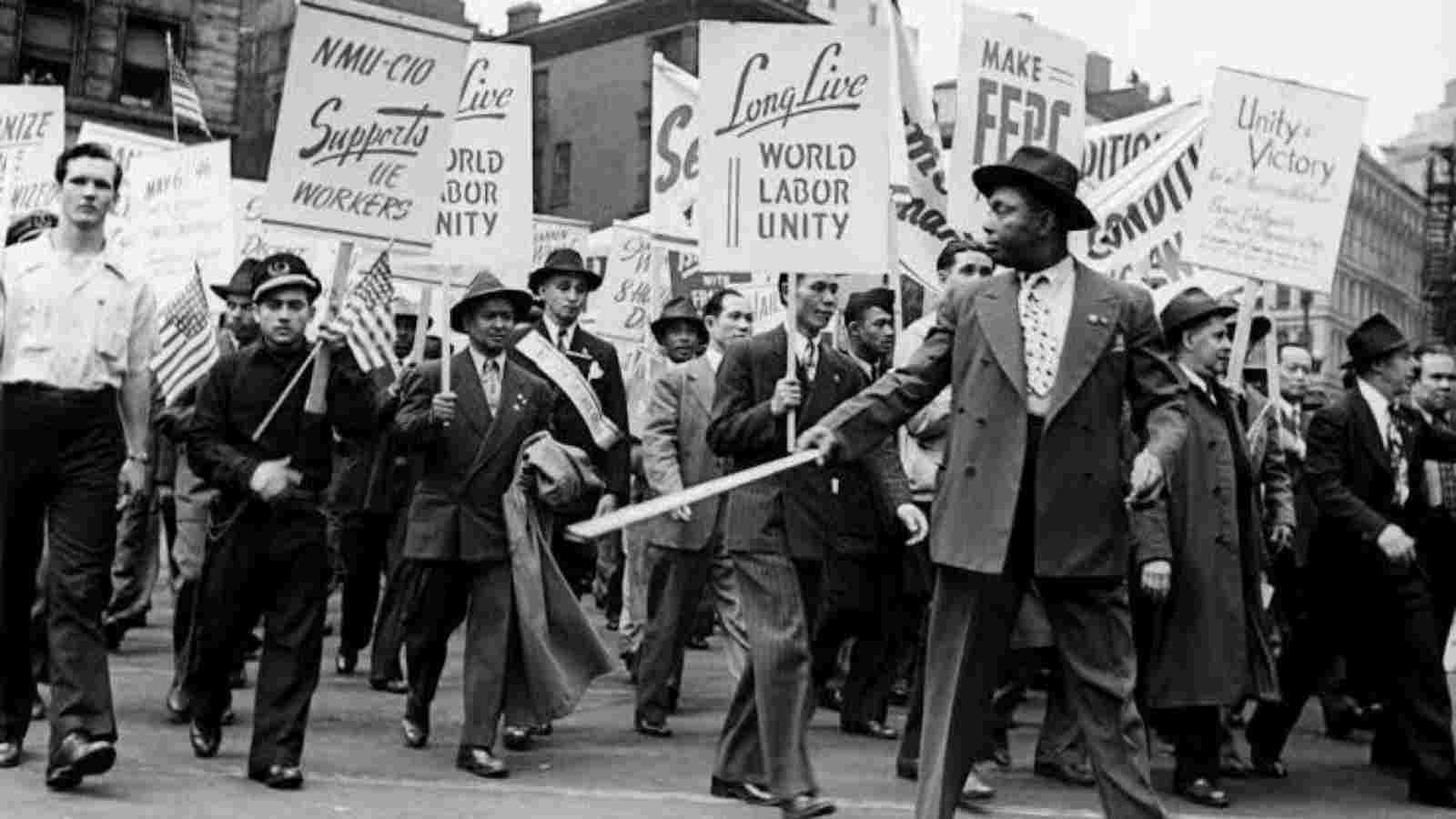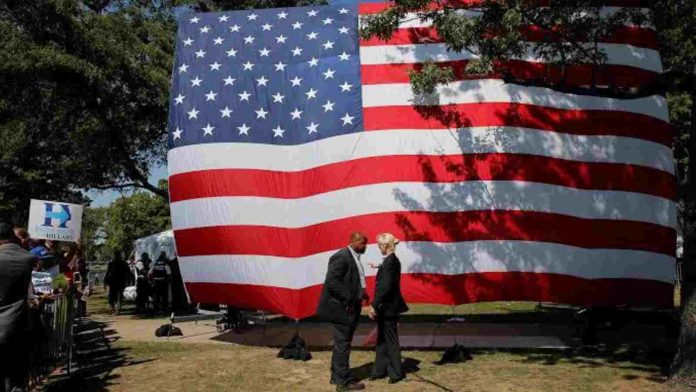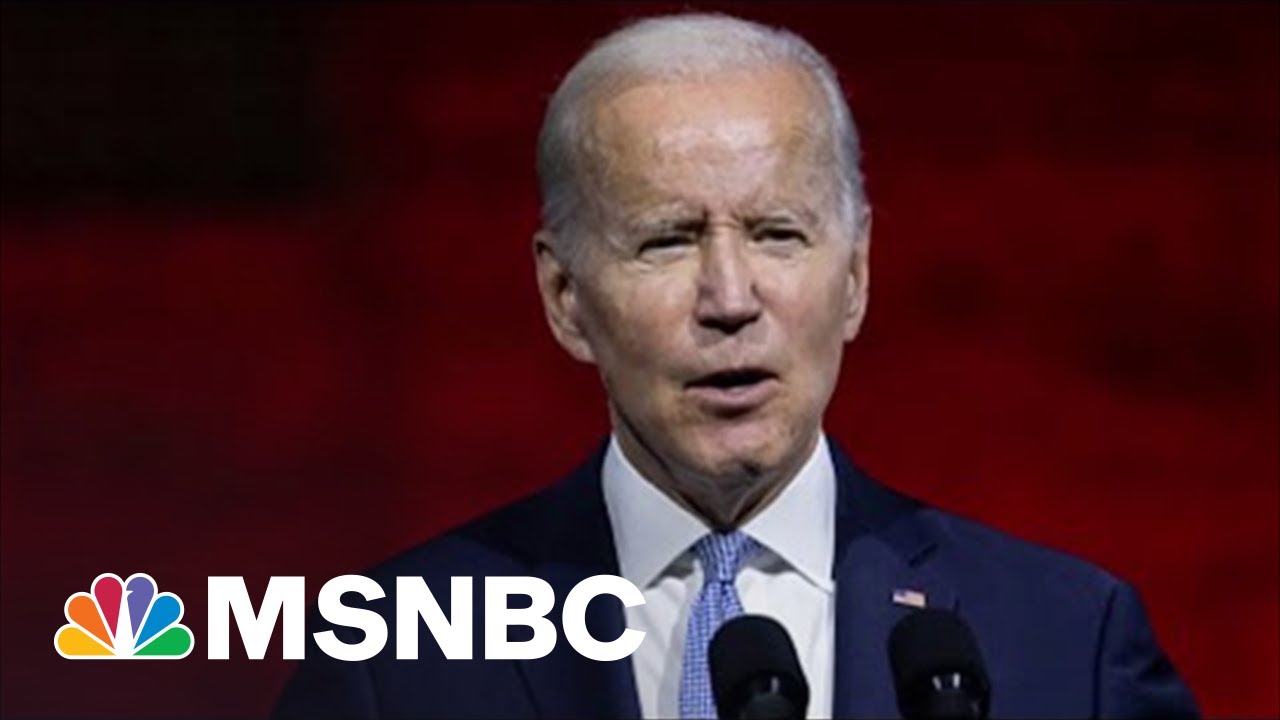Labor Day is a federal holiday in the United States Of America. Every year, on the first Monday of September, the citizens enjoy a free weekend of three days, marked with picnics, fun events, pool parties with friends, and family time.
Even though this holiday is dominated by cheerful celebrations, the history and meaning behind this day are much more significant and darker. In the late 19th century, Labor Day was quite different from what it looks like today. The holiday is rooted in the struggles and contributions of the laborers. Here’s everything you need to know.
Read More: Who Was Mary Shelley And How Did She Come Up With The Idea For ‘Frankenstein’?
The History Of Labor Day And Its Significance

The working conditions in America once weren’t like how they’re today. In the 1800s, the laborers were pushed under extreme conditions to earn a meager wage for their own sustenance. Many of these laborers worked tirelessly for 12 hours straight, seven days a week. Men, women, and even children were working in physically exerting factories, farms, and mines, where the working conditions were neither safe nor promising. It was in 1882, September 5, that the laborers united and paraded from New York’s City Hall to a giant picnic at an uptown park. Close to 10,000 workers paraded, which included cigar makers, dressmakers, printers, shoemakers, bricklayers and other tradespeople.
These parades were a united force by the workers to draw everyone’s attention to their plight. The signs they carried on these parades read, “Less Work and More Pay.” They also protested against convicted labor and dangerous working conditions.
According to the Labor Department’s website, two significant men have played a huge role in garnering much-needed attention for the Labor Movement in America. It was Peter J. McGuire, creator of the United Brotherhood of Carpenters, along with Samuel Gompers, co-founder of the American Federation of Labor, who suggested a public holiday for the workers’ class to honor their struggles and contributions. However, the Labor Department also points out that many records and reports also mention Matthew Maguire as the real “father” of Labor Day. The reason that McGuire is remembered as the one behind the holiday is because he was known for his radical thoughts during his time. He was the secretary of the Central Labor Union and his socialist politics weren’t aligning well for him to become the face of the Labor Day holiday, and hence, this honor was given to McGuire.
When Did Labor Day Pass As A Federal Holiday?

Labor Day wasn’t recognized as a holiday or even a day by the country. It was only the Labor Organizations and some select individual states who observed it as a day for the workers and their rights. The first state to pass a law for legally sanctioning ‘Labor Day’ as a holiday was Oregon, in 1887. In the same year, four more states – Colorado, Massachusetts, New Jersey and New York also passed similar laws. By 1894, 23 more states had adopted the holiday, and on June 28, 1894, Congress passed an act making the first Monday in September of each year a legal holiday, and President Grover Cleveland signed it into law.
Traditions And Celebrations

Parades are one of the most significant ways of celebrating Labor Day since it was this mass movement of the working class which resisted their distressing plight. Many towns and cities still hold parades to honor the laborers and their contributions. Apart from this, people hold backyard parties with friends and neighbors. Pool parties are also a very common way of celebrating. The public holiday also marks the unofficial commencement of the football season, where colleges and schools host the season’s first games.
Read More: What is Memorial Day? Revisiting Its History And Significance
Read More: Are Blondes Really Stupid? Origin Of The “Dumb Blonde” Stereotype






